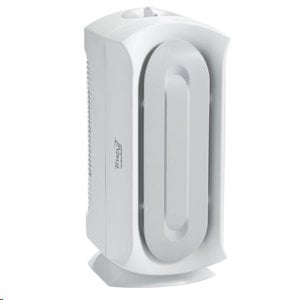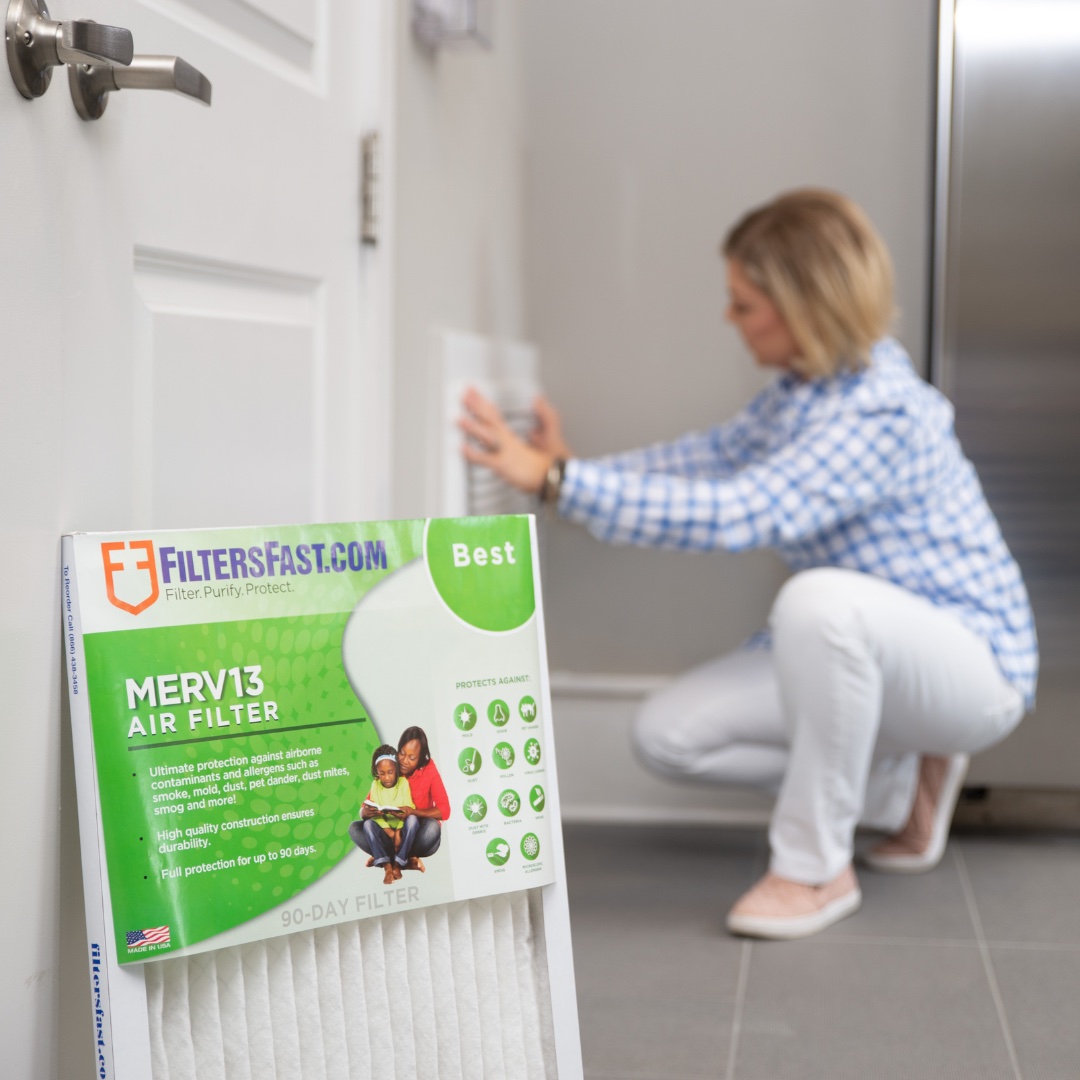Disclosure: This post may contain affiliate links, meaning we get a commission if you decide to make a purchase through our links, at no cost to you. Please read our disclosure for more info.
As the air turns crisp and leaves transform into shades of gold and red, many people look forward to the charm of fall. However, for those afflicted with fall seasonal allergies, this picturesque season can usher in a different kind of unease. Autumn allergies, cast a shadow over the transition from summer to fall. In this article, we will delve into the realm of allergies in fall, exploring their origins, symptoms, and effective strategies for mitigation.
In This Post:
Unraveling the Allergies in Fall
What Causes Fall Allergies?
Fall seasonal allergies occur when the immune system reacts excessively to substances that are otherwise harmless. The immune system’s overreaction leads to the release of histamines and other chemicals, causing the typical allergy symptoms. These substances, known as allergens, are present in the environment and can vary from one season to another.
Common Seasonal Triggers
Different allergens dominate each season. In the fall, ragweed pollen takes center stage as the primary trigger for allergies. Ragweed releases its pollen into the air, which can travel great distances and cause allergic reactions in susceptible individuals. Additionally, mold spores thrive in damp autumn conditions, contributing to fall seasonal allergies.
The Role of Indoor Allergens
While outdoor allergens like ragweed and mold play a significant role in fall allergies, indoor allergens also contribute to symptoms. Dust mites, pet dander, and indoor mold can worsen allergic reactions, especially when spending more time indoors as the weather cools down.
Recognizing the Symptoms
Common Fall Allergy Symptoms
The symptoms of fall seasonal allergies closely resemble those of other seasonal allergies. Sneezing, runny or stuffy nose, watery and itchy eyes, and itchy sinuses are common manifestations. These symptoms can range from mild to severe, impacting daily activities and overall quality of life.
Identifying Less Common Symptoms
In addition to the typical symptoms, fall allergies can also lead to less common manifestations. Headaches, shortness of breath, wheezing, and coughing may occur. For individuals with asthma, fall allergens can trigger asthma attacks, further exacerbating respiratory distress.
The Relationship with Asthma
Many individuals with fall allergies also have asthma. When exposed to fall allergens, these individuals may experience asthma symptoms, such as wheezing and difficulty breathing. It’s essential for those with both allergies and asthma to manage their conditions effectively to prevent complications.
Diagnosing Fall Allergies
Typical Indications of Fall Seasonal Allergies
Symptoms of allergies in fall closely mirror those of other seasonal allergies. Sneezing, a runny or congested nose, watery and itchy eyes, and sinus discomfort are customary presentations. The intensity of these symptoms can range from mild to severe, affecting daily routines and overall well-being.
Exploring Less Common Manifestations
Beyond the usual symptoms, allergies in fall can also give rise to less prevalent signs. Headaches, shortness of breath, wheezing, and coughing may ensue. Individuals with asthma may experience heightened asthma symptoms triggered by fall allergens.
Effective Approaches to Alleviate Symptoms
Embracing Allergen Avoidance Strategies
Minimizing exposure to allergens remains a cornerstone of fall allergy management. Staying indoors during peak pollen times, utilizing air purifiers, and maintaining closed windows can mitigate allergen infiltration.
Medications for Symptom Relief
For individuals with fall allergies, various medications can provide relief from symptoms. Over-the-counter antihistamines and decongestants can alleviate sneezing, itching, and congestion. Prescription medications like steroid nasal sprays are also effective in reducing inflammation.
The Role of Antihistamines and Decongestants
Antihistamines work by blocking histamine release, thereby reducing allergy symptoms. Decongestants help relieve nasal congestion and improve breathing. These medications can be beneficial in managing mild to moderate fall allergy symptoms.
Steroid Nasal Sprays and Prescription Drugs
Steroid nasal sprays are commonly prescribed to reduce inflammation and alleviate congestion. In more severe cases, allergists may recommend prescription medications or immunotherapy, such as allergy shots, to desensitize the immune system.
Immunotherapy and Allergy Shots
Immunotherapy involves exposing the immune system to gradually increasing amounts of allergens to build tolerance. Allergy shots are a form of immunotherapy that can effectively reduce the severity of allergic reactions over time.
Lifestyle Adjustments
Tips for Minimizing Allergy Exposure
Taking steps to minimize exposure to allergens can significantly impact fall allergy symptoms. Using allergen-proof bedding covers, cleaning regularly, and avoiding outdoor activities during high pollen counts are effective strategies.
Creating Allergy-Proof Living Spaces
Creating an allergy-friendly environment at home involves implementing measures like using air purifiers and maintaining proper indoor humidity levels. Air filters play a crucial role in reducing the presence of allergens indoors, ensuring cleaner air for allergy sufferers.
Weather Impact on Allergies
Weather conditions can influence the severity of fall seasonal allergies. Dry and windy days can lead to higher pollen counts and increased allergy symptoms. Staying informed about pollen forecasts and adjusting outdoor activities accordingly can help minimize exposure.
FAQs
Are Fall Allergies the Same as Spring Allergies?
Fall allergies are triggered by different allergens than spring allergies. While both seasons can cause similar symptoms, the specific triggers vary.
Can Fall Seasonal Allergies Worsen Asthma Symptoms?
Yes, fall seasonal allergies can exacerbate asthma symptoms, potentially leading to asthma attacks.
What Is the Role of Immunotherapy in Fall Allergy Treatment?
Immunotherapy, such as allergy shots, aims to desensitize the immune system to allergens, reducing the severity of allergic reactions over time.
How Can I Create an Allergy-Proof Living Space?
Creating an allergy-proof environment involves using air purifiers, maintaining proper indoor humidity levels, and reducing exposure to indoor allergens like dust mites and pet dander.
What Allergies Flare up in the Fall?
The most common allergens that flare up in the fall are:
- Ragweed pollen
- Mold spores
- Dust mites
- Animal dander
- Weeds such as goldenrod and sagebrush
How Long Do Fall Allergies Last?
The duration of fall allergies can vary depending on the individual and the severity of their allergies. However, in general, fall allergies can last from late summer to early winter.
Conclusion
Allergies in fall can put a damper on the otherwise delightful autumn season. Understanding the causes, symptoms, and effective management strategies can empower individuals to navigate this season with greater comfort. By implementing avoidance techniques, utilizing medications, and seeking expert guidance, individuals can minimize the impact of fall allergies on their daily lives.




